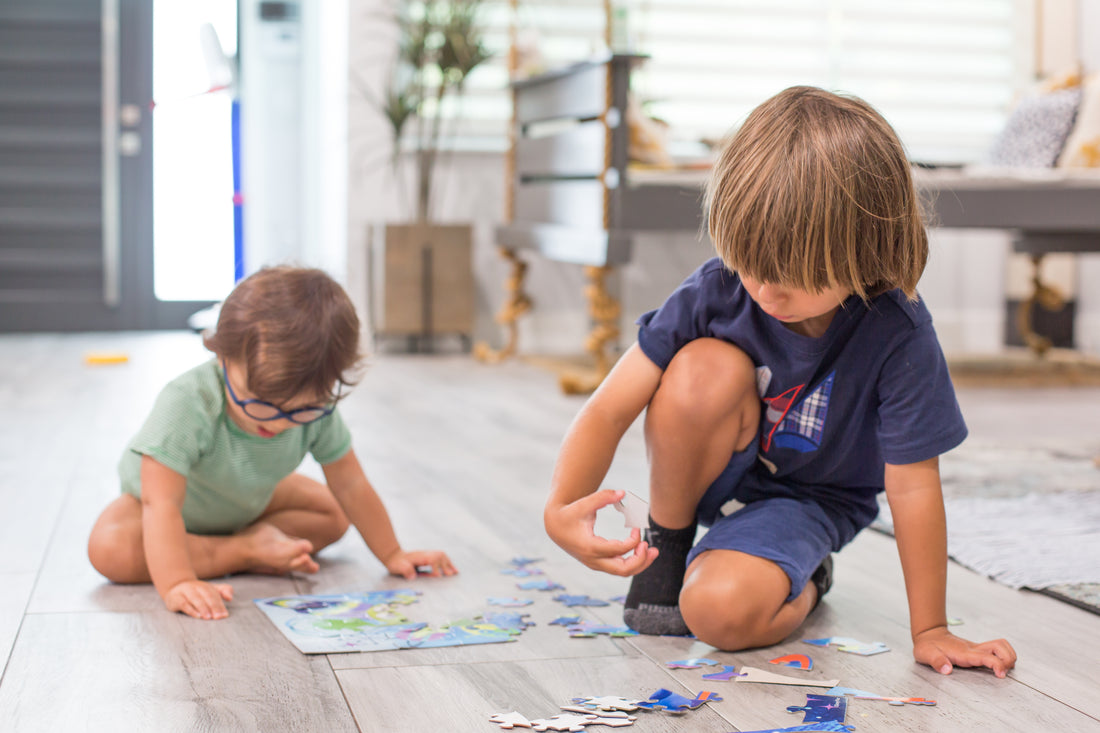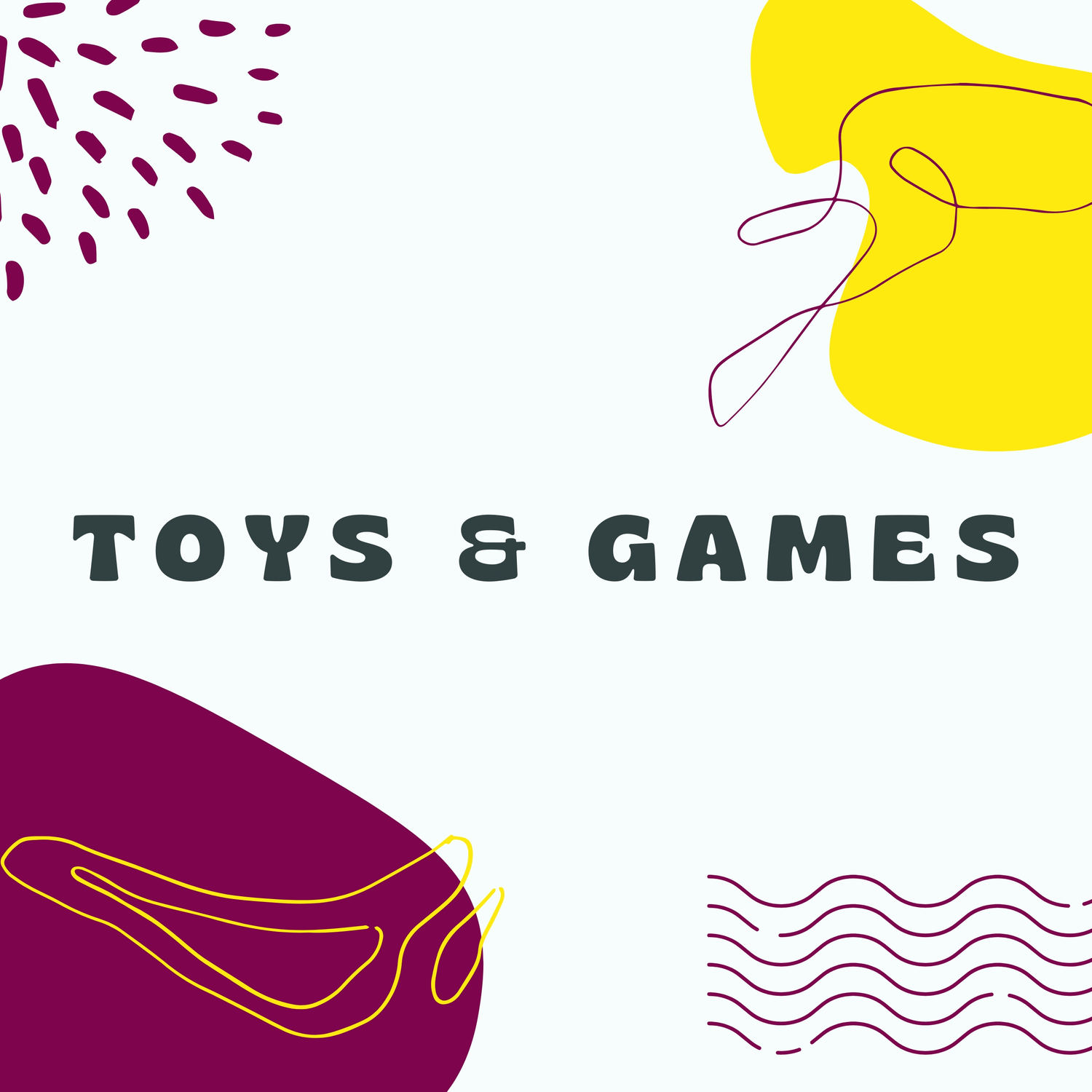
Puzzle Types Explained: A Guide for Parents
Nina PaulusShare
One great way to keep your children occupied while engaging their brains is by giving them puzzles to solve. Puzzles come in various types and styles, from simple word puzzles to complex logic puzzles. This blog post will provide an overview of different puzzle types and explain how to solve each type. So, if you want to keep your children entertained while helping them develop their critical thinking skills, read on!
Word Puzzles:
Word puzzles are a great way to improve your child's vocabulary and spelling skills. One of the most popular types of word puzzles is the crossword puzzle, where you have to fill in words that fit the given clues. Other word puzzles include a word search puzzle, where you have to find words hidden in a grid of letters, and a jumble puzzle, where you have to unscramble the letters to form a word.
Logic Puzzles:
Logic puzzles are great for developing your child's problem-solving skills. One popular example is Sudoku, where you must fill in a 9x9 grid while ensuring that each row, column, and 3x3 zone contains the numbers 1 through 9. Another type of logic puzzle is a cryptogram, where you have to decode a message by substituting letters for the symbols representing them.

Visual Puzzles:
Visual puzzles are excellent for improving your child's visual perception skills, which can help them in many areas, including sports and academics. One famous example of visual puzzles is jigsaw puzzles, where children have to fit pieces together to form a picture. Other visual puzzles include spot-the-difference and mazes, where you must find your way through a maze to reach the goal.

Mechanical Puzzles:
Mechanical puzzles are excellent for improving your child's manual dexterity and spatial reasoning skills. One well-known example of a mechanical puzzle is the Rubik's Cube, where you have to maneuver the cube to align each side with its respective colour. Another type of mechanical puzzle is a tangram, where you have to arrange a set of seven flat shapes to form a larger shape or figure.

Mathematical Puzzles:
Mathematical puzzles are great for developing your child's numerical and math skills. One popular example of mathematical puzzles is a math crossword, where you have to solve mathematical problems to fill in the crossword. Other mathematical puzzles include magic squares, where you have to place numbers in a square to get the same sum in each row and column, and a kakuro puzzle, where you have to fill a grid using numbers that add up to the given sum.
Puzzles are an incredibly versatile way to engage children, offering a challenging but fun way to keep their minds actively learning. With a wide variety of puzzle types available, parents can take solace in knowing there's something for everyone. Whether your child enjoys more straightforward word puzzles or likes the complexity of logic puzzles, there's always something out there that can spark their interest and help them build critical thinking skills. Puzzles are one of Little Travellers' main product categories for travel entertainment as they hold children’s attention longer than other types of toys or games.
So, get puzzling and use all these tips to help your little one get started on the right foot. Please comment below if you have any further tips and tricks and if you liked them. And until next time, happy puzzling!




